Smart transportation solution: How can AI video analysis technology revolutionize highway safety man
With the acceleration of urbanization and the surge in traffic flow, highway safety management is facing enormous challenges. Traditional manual monitoring has low efficiency and slow response, making it difficult to deal with sudden traffic incidents. The introduction of AI video analysis technology provides efficient and intelligent solutions for smart transportation. This article will delve into the core application of AI video analysis in highway monitoring, demonstrating how it achieves 24/7 precise supervision and improves road traffic efficiency and safety.
Pain points and needs of highway management
As a major transportation artery, highways often face risks such as congestion, accidents, severe weather, and illegal driving. Traditional monitoring systems rely on manual inspections and have the following issues:
Response lag: It is difficult to timely detect unexpected situations such as reverse flow, violation of stop, and throwing of objects.
High labor costs: requiring a large number of personnel to work 24/7 shifts, resulting in low efficiency.
Difficulty in tracing: The analysis of accident causes relies on manual playback of video recordings, which is time-consuming and labor-intensive.
To this end, the Ministry of Transport has promoted the "Implementation Plan for National Highway Video Network Monitoring Work", which requires the use of AI intelligent analysis technology to achieve a modern regulatory system that is "visible, measurable, controllable, and service-oriented".
Solution: The core function of AI video analysis technology
1. 24/7 intelligent event detection
Traffic anomaly recognition: Real time detection of vehicle reversing, illegal parking, occupation of emergency lanes, illegal lane changes, and other behaviors, automatically triggering alarms.
Environmental risk warning: Accurately identify severe weather conditions such as heavy fog, rain and snow, and jointly release road condition information to reduce accident rates.
Throwing objects and pedestrian detection: If obstacles or pedestrians are found on the road, immediately notify them to clean up and warn the vehicles behind.
2. Efficient accident handling and tracing
Automatic accident alarm: Quickly locate traffic accidents through video analysis and coordinate with rescue departments to shorten processing time.
Deep data mining: Record the entire process of events in videos and images to support responsibility determination and accident cause analysis.
3. Multi dimensional data linkage management
License plate recognition and attribute analysis: automatically associate vehicle information to provide evidence chain for illegal accountability.
Cloud collaboration and mobile push: Alarm information is pushed in real-time to the monitoring center and management personnel's mobile phones, improving emergency response speed.
Breakthrough application of domestically produced AI hardware
1. High performance computing power support
Domestic AI chips: using data stream architecture chips to achieve real-time processing of 1080P video streams at 500-1000FPS, ensuring low latency and high-precision analysis.
Intelligent computing host: supports concurrent processing of 32 to 64 video channels, equipped with redundant power supply and efficient cooling system, ensuring stable operation 24/7.
2. Integration of Algorithm and Platform
Deep learning model: Based on computer vision technology, it trains over 150 layers of neural networks to accurately recognize traffic events in complex scenes.
Visual scheduling platform: supports video stream access, algorithm configuration, alarm management and other functions, with a simple operation interface that reduces the threshold for use.
3. Flexible deployment and compatibility with legacy utilization
Centralized architecture: Reuse existing monitoring equipment, quickly upgrade the system by adding AI servers, and reduce deployment costs.
Cloud edge collaboration: supports cloud data analysis and real-time response at the edge, adapting to different scenario requirements.
Why choose intelligent transportation AI system?
Accurate and efficient: AI algorithm recognition accuracy exceeds 95%, and alarm response time is shortened to seconds.
24/7 coverage: Fearless of harsh weather and nighttime environments, ensuring road safety 24 hours a day.
Cost optimization: Reduce reliance on manual inspection and save over 30% of investment by utilizing old equipment.
Strong scalability: Supports dynamic algorithm upgrades and flexible response to future traffic management needs.
Application scenarios and successful cases
At present, this plan has been piloted and applied on highways in multiple provinces and cities:
A highway in an eastern province: Through AI systems, the efficiency of traffic accident handling has been improved by 60%, and congestion rates have been reduced by 45%.
Tunnel fire warning: Real time smoke detection successfully avoided 3 major fire accidents and received high praise from the fire department.
AI driven intelligent transportation new ecosystem
With the deep integration of 5G, IoT, and AI technologies, smart transportation will move towards higher levels of automation and collaboration
Vehicle road collaboration: AI systems are linked with in vehicle terminals to achieve dynamic speed limits and path optimization.
Global Perception Network: Covering urban roads, bridges, and tunnels, building an integrated traffic management brain.
Immediate consultation: If you need customized smart transportation solutions or learn more details about AI video analysis technology, please contact Shenzhen Yuhongxin Development Group Co., Ltd. We will provide you with comprehensive technical support!
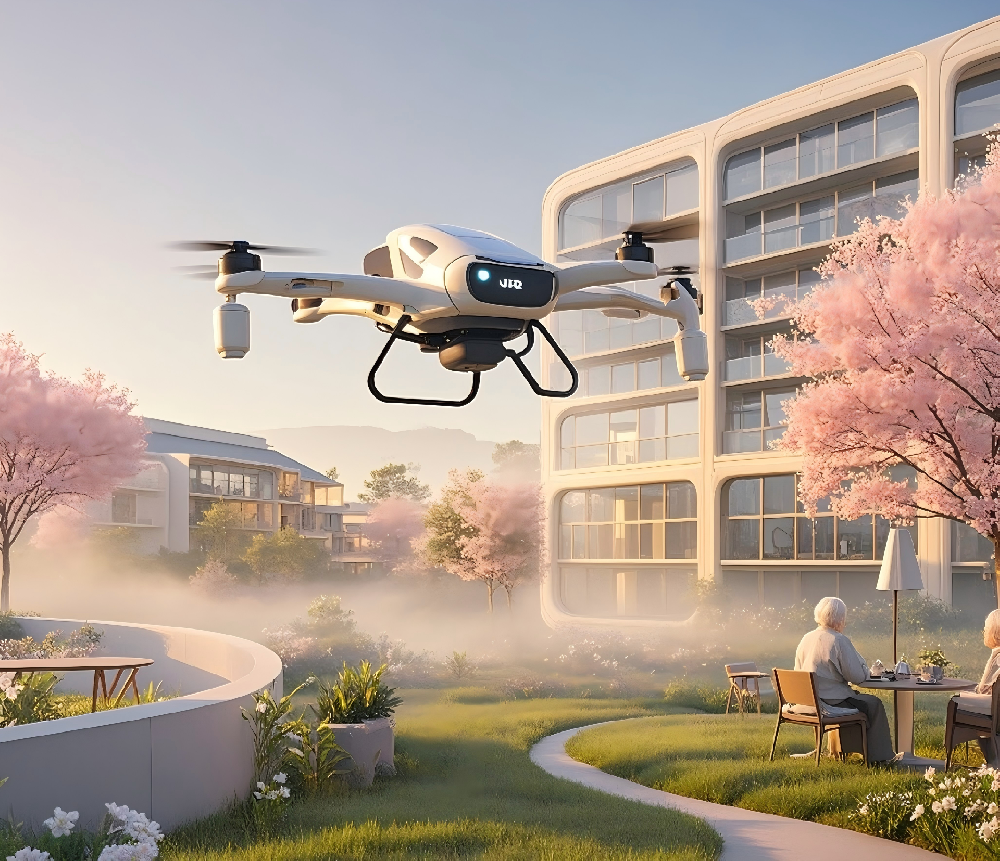 Smart nursing homes: Empowered by technology, opening up a new landscape of elderly care
Smart nursing homes: Empowered by technology, opening up a new landscape of elderly care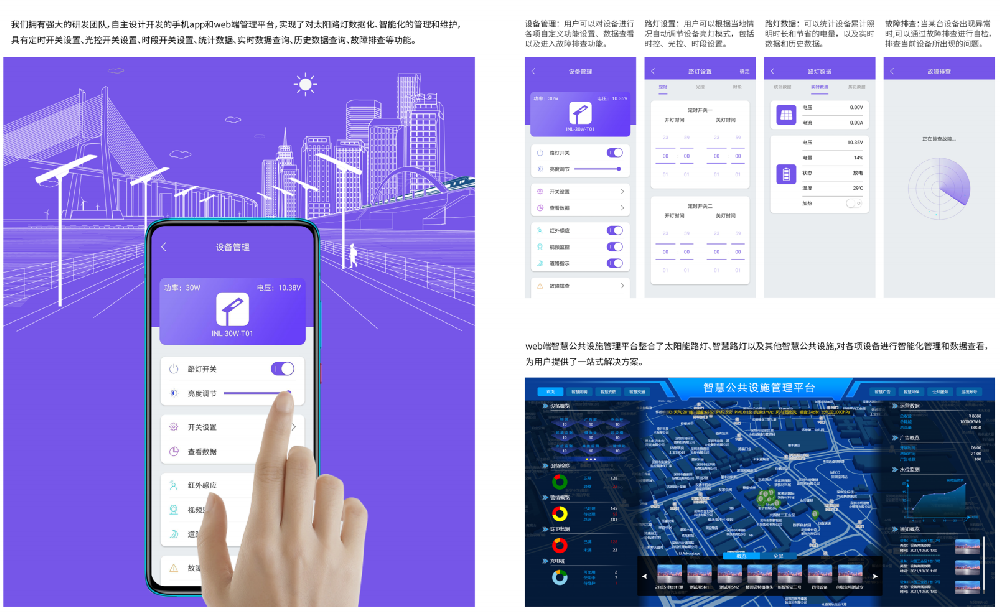 Latest Developments in the Smart City Industry: Technological Innovation and Global Development Tren
Latest Developments in the Smart City Industry: Technological Innovation and Global Development Tren Integration of smart city construction and intelligent robot development technology
Integration of smart city construction and intelligent robot development technology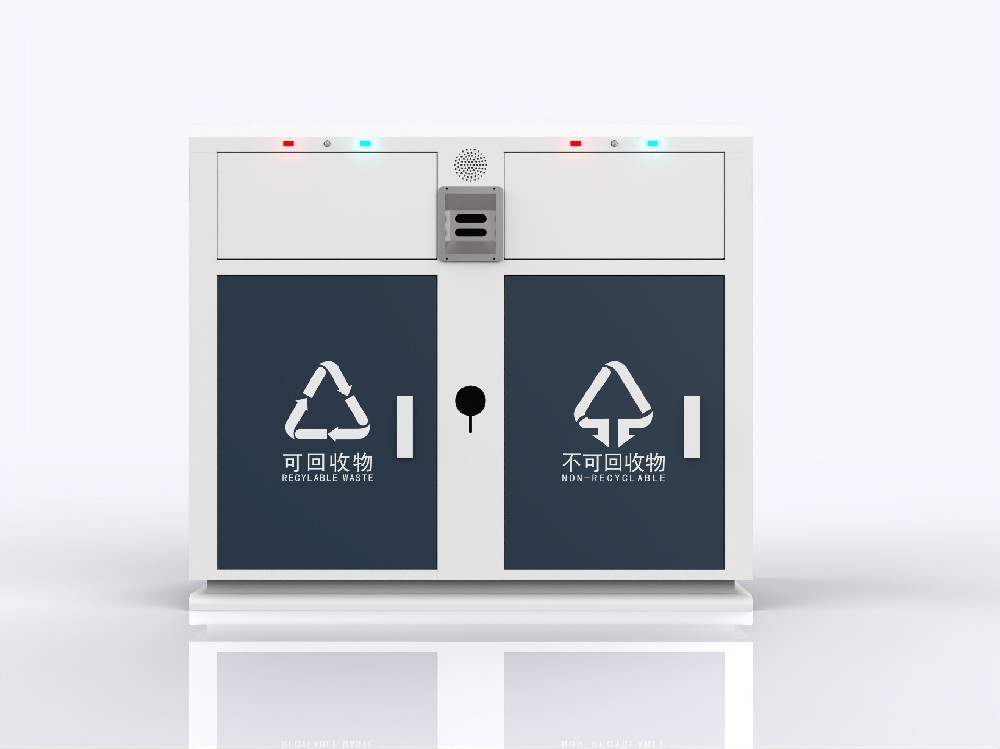 Smart garbage bins have landed in 20 cities across the country, reducing operating costs by 45%! Acc
Smart garbage bins have landed in 20 cities across the country, reducing operating costs by 45%! Acc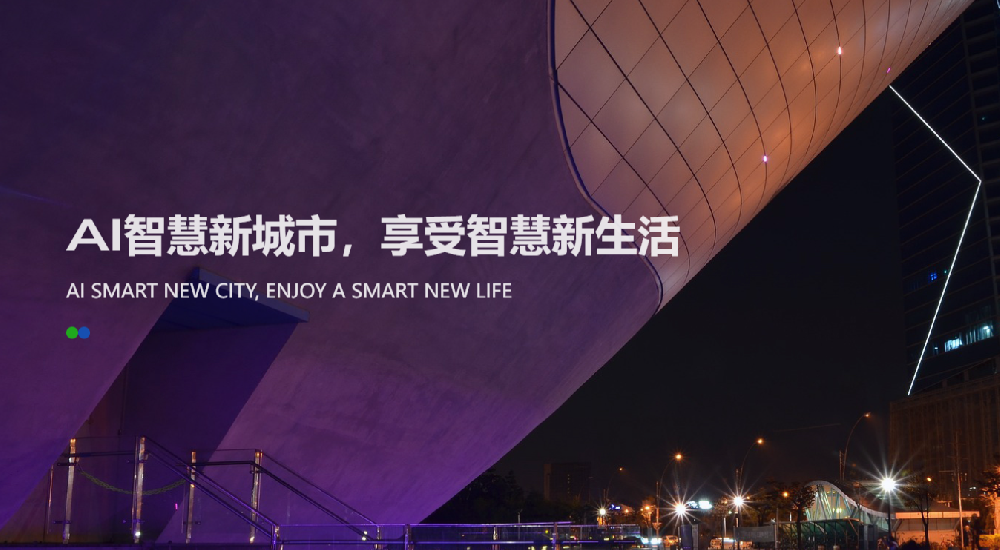 How can smart city management systems reshape the future urban energy landscape? |Interpretation of
How can smart city management systems reshape the future urban energy landscape? |Interpretation of Did you forget to bring your power bank while strolling in the park? This seat can even be charged w
Did you forget to bring your power bank while strolling in the park? This seat can even be charged w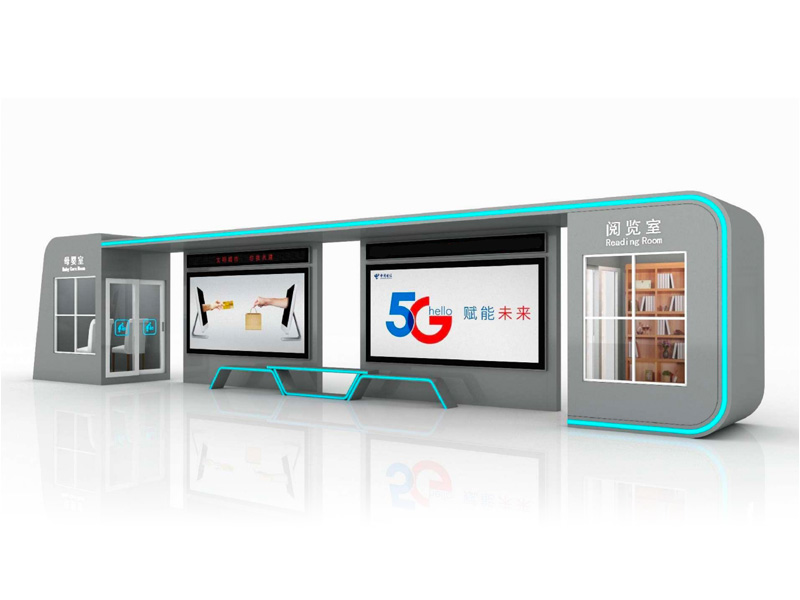 Waiting for a car no longer depends on luck! Smart platforms are changing your way of transportation
Waiting for a car no longer depends on luck! Smart platforms are changing your way of transportation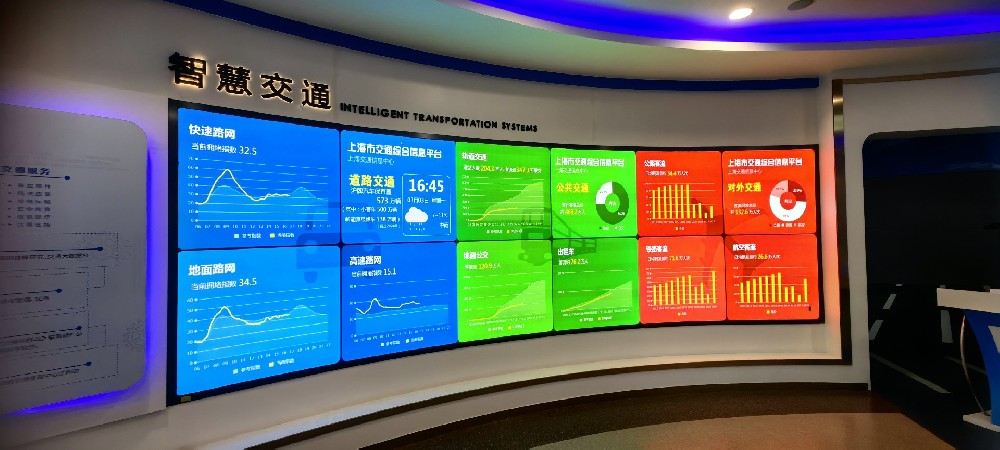 The Two Sessions Lead the Innovative Development of Smart Cities
The Two Sessions Lead the Innovative Development of Smart Cities
